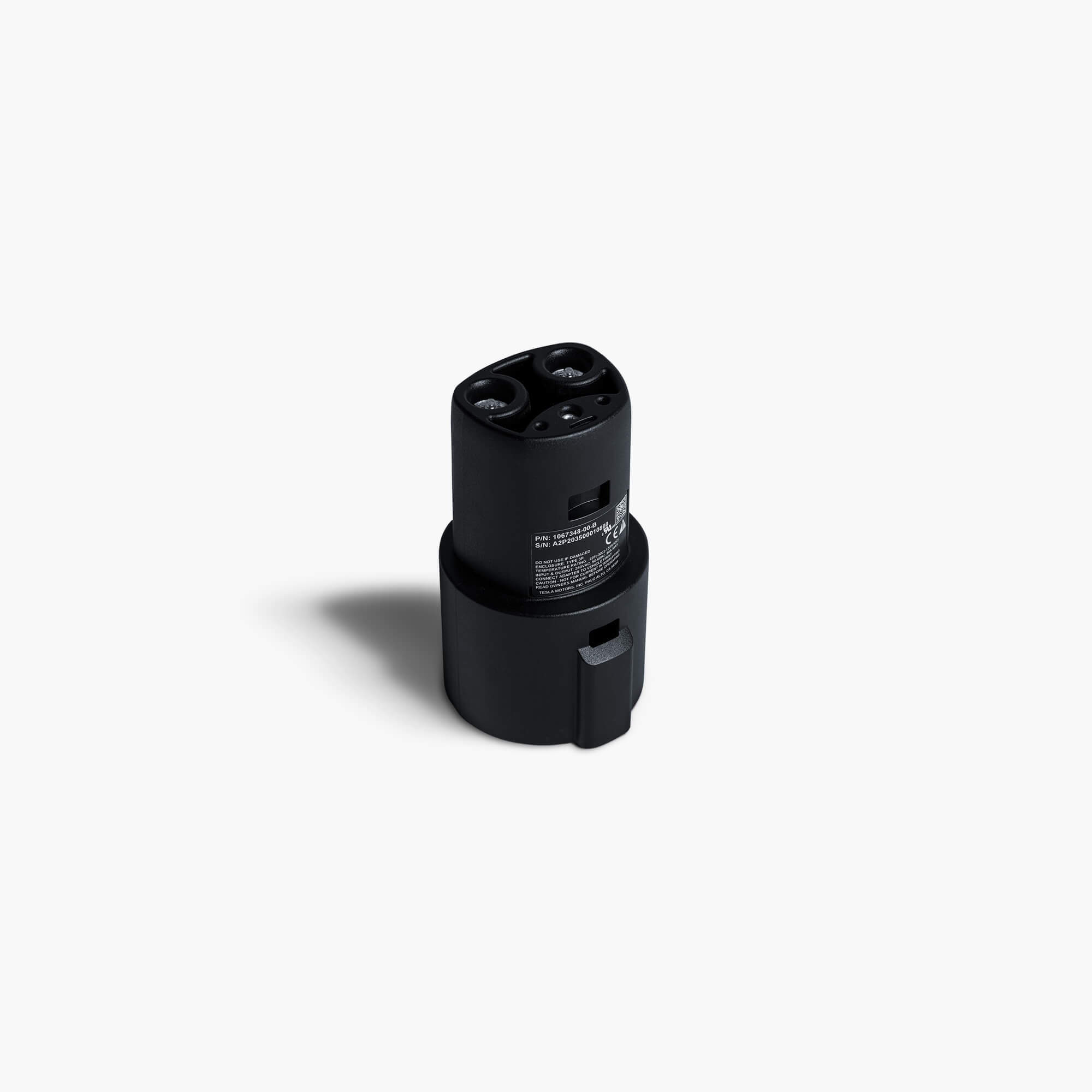Um. Going back to the 3-phase stuff. Commercial power is usually 3-phase; that's how it comes from the utility, anyway.
Each phase to ground/neutral is 120 VAC. From phase to phase (that is, hot to hot) one gets 208 VAC. If the phases are labeled A, B, and C, and the neutral is N, then (A->N), (B->N), and (C->N) are all 120 VAC. (A<->B), (A<->C), and (B<->C) are all 208 VAC. Finally, for a quiz about to appear, if Phase A is at 0 degrees, Phase B is at 120 degrees, and Phase C is at 240 degrees.
208 VAC counts as Level 2 and is handled by the car as such.
Now, Ye Normal non-Commercial Suburban House gets split phase: That is, each phase is 120 VAC to Neutral/Ground, but the phases are of equal and opposite phase. So, in this split-phase approach, if Phase A is at 0 degrees, Phase B will be at 180 degrees. So, the voltage from (A<->B) is 240 VAC.
So, ye normal house breaker box has a bunch of breakers, horizontally oriented, stacked one on top of another. They alternate between Phase A and Phase B. So, if you want 240 VAC for the furnace or air conditioner, they gang two breakers into two slots; the two wires coming out of the two breakers are both, "hot", and the voltage between them is 240 VAC.
I've never, personally, messed with a three-phase system, but I'm sure your electrician has. I'd guess that the slots are ABCABCABC on the phases, but the electrician knows more.
Having said all that: Let's talk about power. If you're in a house and you've got a pair of 60A breakers giving you 240 VAC, then the max load with a Tesla will give you 48A. 240 VAC * 48A = Power = 11.52 kW. If, for some reason, you'd like to run 40A with a 50A breaker, then the power would be 240V * 40A = 9.6 kW.
Now, say you're in a commercial establishment. All they have is 3-phase. You can still get 48A, but the voltage for Level 2 will be 208V. With 60A breakers, the power level will be 208 * 48 = 9.98 kW. With 50A breakers, you'll get 208 * 40 = 8.32 kW.
All right. If commercial power is what you've got (and it's a condo, it might be all they've got, it's the power company that decides upon the transformer, I'm pretty sure), then 208 is in your future.
What's this do for charging times?
Consider a Model 3. It gets 250 W-hr per mile. So, the charging rates are as follows:
240 VAC @ 48A = 11.52 kW. 11.52 kW/(0.25 kW-hr/Mile) = 46 Miles/Hour
240 VAC @ 40A = 9.6 kW. 9.6 kW/(0.25 kW-hr/Mile) = 38.4 Miles/Hour
208 VAC @ 48A = 9.98 kW. 9.98 kW/(0.25 kW-hr/Mile) = 39.9 Miles/Hour
208 VAC @ 40A = 8.32 kW. 8.32 kW/(0.25 kW-hr/Mile) = 33.28 Miles/Hour.
So, suppose you got a M3 that can hold 310 miles of charge and it shows up with ten miles left on it. With 208 @ 40A it'll take it maximum time of 300/33.28 = 9 hours for a full charge to 100%; with 240 VAC at 48A it'll get to full charge at 300/46 = 6.76 hours. You'll note that both of these times come under the category of Overnight. Finally, nobody sane charges to 100% unless they've got a long trip ahead of them; usually it's 90%. And normally people don't wait until the car's dead near empty before charging: That's why you've got the charging stations in the first place. So, a more "normal" charging regime would be like, say, 200 or 150 miles, which would be three or four hours of charging.
Fine. That's how it works for a Tesla. You got a different Tesla (MY, MX, MS) they all got different W-hr/mile, it was on the sticker that came with the car.
You got other cars: Teslas max out at a current of 48A when playing with L2 AC. There are other BEVs in the world, they generally take the J1772 connector. I don't happen to know if the J1772 adapter that comes with every Tesla can handle 48A. Wikipedia claims a J1772 can do 80A, but I don't know if the adapter supports that or not.
If you want to support stuff that's not Teslas, there's charging stations/wall connectors that support J1772 at currents at or higher than 48A, but these are usually more expensive, by a hundred bucks or two, than the Tesla Wall Connector.
Frankly, I don't see that much difference between using 3-phase or 2-phase, at least in terms of time. But if it's zero cost to go for a split phase transformer from the (usual) 600VAC or 400 VAC that the power company uses as compared to a three-phase, then, what the heck, go for the split phase.
You got questions, we got answers.



